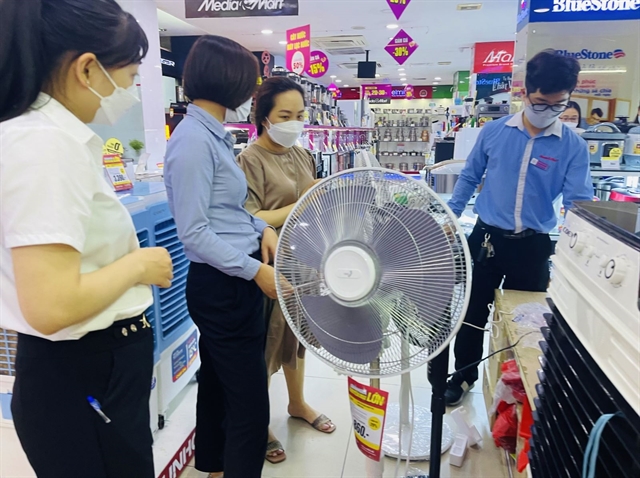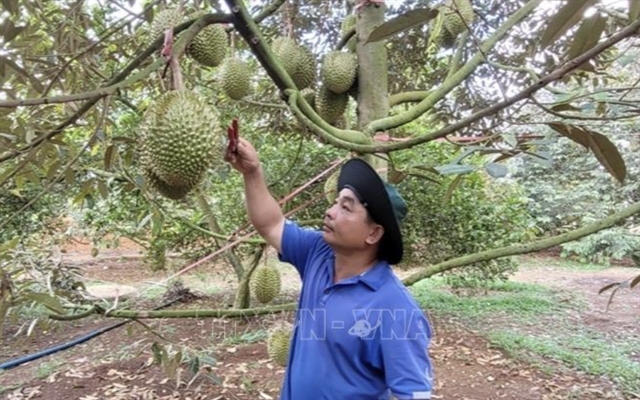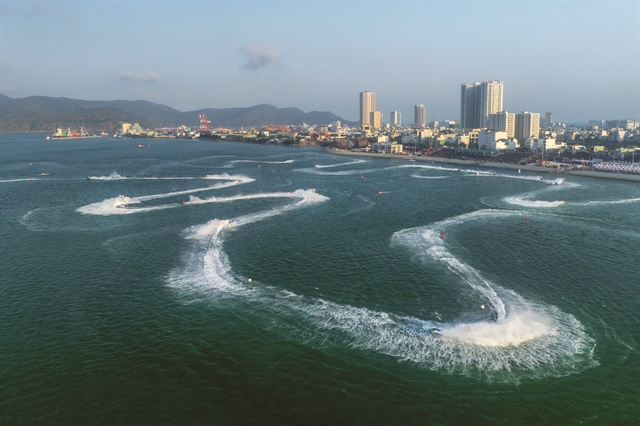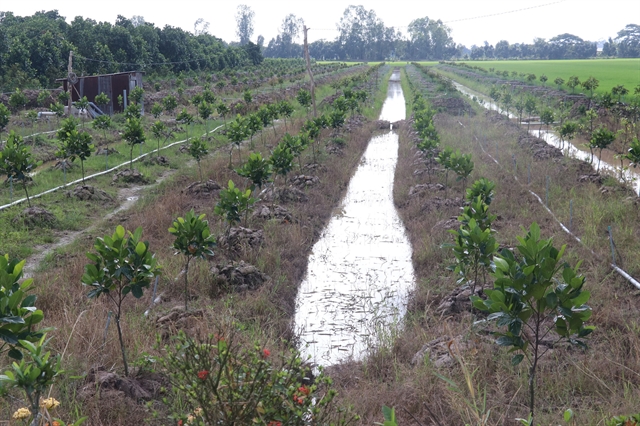 Society
Society
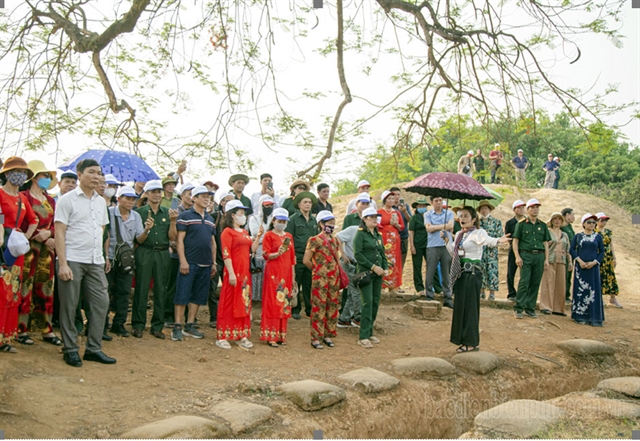
The Red River that dissects Hà Nội takes its name from the colour of the silt that tints the water. But unbeknown to many living in the capital city, the Red River is a place many people call home.
 |
By Paul Kennedy
The Red River that dissects Hà Nội takes its name from the colour of the silt that tints the water.
But maybe there’s another reason for its moniker as this 1,149 kilometre stretch has been the life blood of Việt Nam for hundreds of years.
In the 19th century it was a lucrative trade route to China and remained the main commercial route between French Indochina and Yunnan Province.
Today cargo ships can be seen carrying goods to and from the many ports dotted along its banks.
But unbeknown to many living in the capital city, the Red River is a place many people call home.
Living in make-shift shelters constructed from just about any items they can scavenge, find or even recover from the river itself, around 25 families live in this floating community.
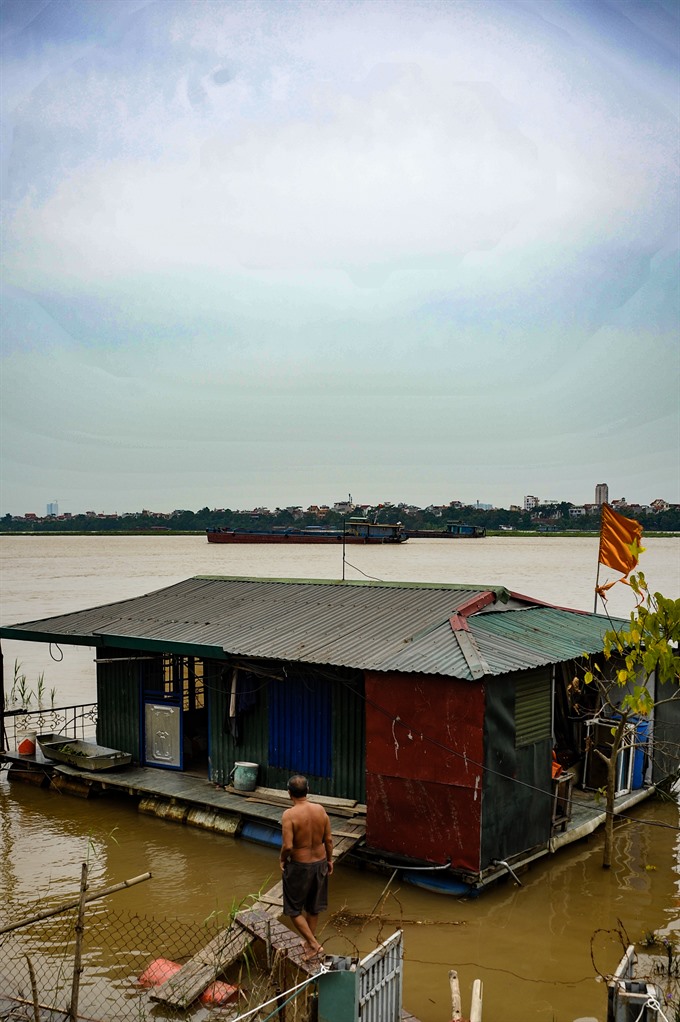 |
| A man walks across a home-made bridge to get to his floating house.— VNS Photo Nguyễn Hiếu |
Men, women and children crowd into these ‘floating homes’ turning the muddy banks into a growing community.
But ask those who live here if they feel like they are getting a rough deal, then the answer is a resounding yes.
None want to be here but none can afford to be anywhere else.
Their unique way of living has even become somewhat of a tourist attraction, with many visitors cycling down the path in the hope of grabbing a selfie or two with ‘the people who live on the river’.
The residents themselves don’t seem to mind.
Some have even set up shop creating a café under Long Biên Bridge selling refreshments to curious sightseers.
But the money they make from their small enterprises is not enough to provide an escape route from their floating residences.
Đinh Thị Mai has called this area home for two decades. She has raised children on the water and now has grandchildren to look after.
“I raised three children here on my own,” she said, cradling her grandchild.
“It was really tough. I got by with seasonal jobs. I got a cleaning job at the 108 Hospital, and took up any job that was available at that time.”
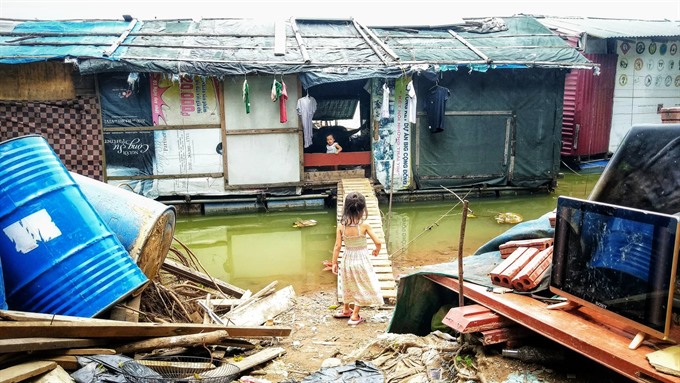 |
| Two young children play on their ‘house boat’ moored on the banks of Red River. Their family hopes the youngsters can escape and live a better life when they grow up. — VNS Photos Đoàn Tùng |
But sadly her grown up children have found themselves falling into the same trap as their mother.
“Life has gotten easier now that my children have grown up,” Mai added.
“But since they did not get a proper education, they cannot get good jobs - only manual work like mowing grass. The boys have taken jobs as porters, and the girls as domestic helpers.”
It is especially tough when one child gets sick. Running water is nonexistent and buying water to bathe can be expensive.
“We don’t know what a hospital is, even when we’re sick,” she added.
“We just go to a drug store and buy medicines when we have headaches or stomachaches. We don’t have money to go to hospitals. It’s unthinkable, and it’s the same for all of us.”
If life is hard most of the year around, it gets tougher when the weather gets bad.
A storm, strong winds or impromptu downpours may be inconvenient to most of us, but for the residents of the Red River they potentially spell disaster.
“We lost a bunch of barrels and got our roofs blown away,” said resident Phạm Thị Thu, as one of her children was busy in the background patching up their home after the latest storm.
“They were all blown away, including ours, and half of our boat was destroyed. We lost a lot of stuff. We’ve tried to recover them.
“We’re poor, but we all spent three to four days fixing stuff so that we can carry on with our lives.”
And really that’s the only option left for those that live here. To just carry on with their lives as best they can.
Nguyễn Văn Mộc’s dreams are simple. He doesn’t want a bottomless pit of cash or a flash car.
“My only wish is to have a house, or a hut,” he said.
“I don’t think much of anything else. Maybe when I get older I might return to my home town. My brother has land there.”
Lê Đăng Lễ, vice chairman of Ngọc Thuỵ Ward People’s Committee in Long Biên District, said they want the people who live there to find a much more stable place to live.
But he knows that’s no easy task.
“The 27 households who live here face many difficulties,” he said.
“From the ward management viewpoint, we see that it also influences the security and environment of the area.
“We want the residents here to be able to find stable places to live instead of living by the river.
“In the future we will focus on re-evaluating the number of people who live here and categorise them in order to find suitable solutions: for people who have homeland then persuading them to return to theirs; with old people who don’t have relatives or home to return to, we will cooperate with the social support centres to shelter them; for those who have jobs, we will find suitable locations for them on land so they have better living conditions.”
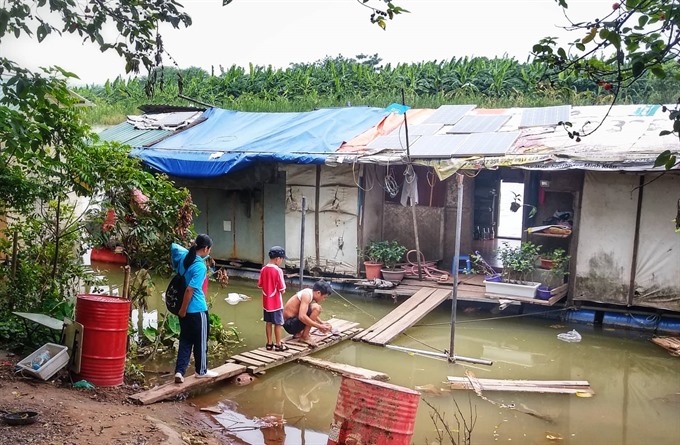 |
There has been help.
A charity has fitted solar panels on many of the roofs to power generators. This may offer light in their rooms but the future still remains bleak, especially for the children.
Today they play on the river banks. Riding their bicycles, holding dolls. One even sings a song to her younger sibling.
To them they know no other way of life. They believe this is just the way life is.
As they grow older with the right direction and support they may find themselves in a better position not to follow in the footsteps of their parents and grandparents before them.
With a little bit of luck they could start and raise families of their own away from the water’s edge. But for now, they remain the next generation of the residents of Red River. — VNS
River facts The source of the Red River is the Hengduan Mountains in Yunnan, China. There it is elevated 1,775 metres above sea level. It runs through seven Vietnamese provinces before reaching the Gulf of Tonkin. A number of hydroelectric dams have been constructed along the river. The Thao River and Lô River are its two chief tributaries. *Additional reporting by Hồng Vân & Bảo Hoa. Log on to vietnamnews.vn to watch a video of the lives of the residents of Red River. |



